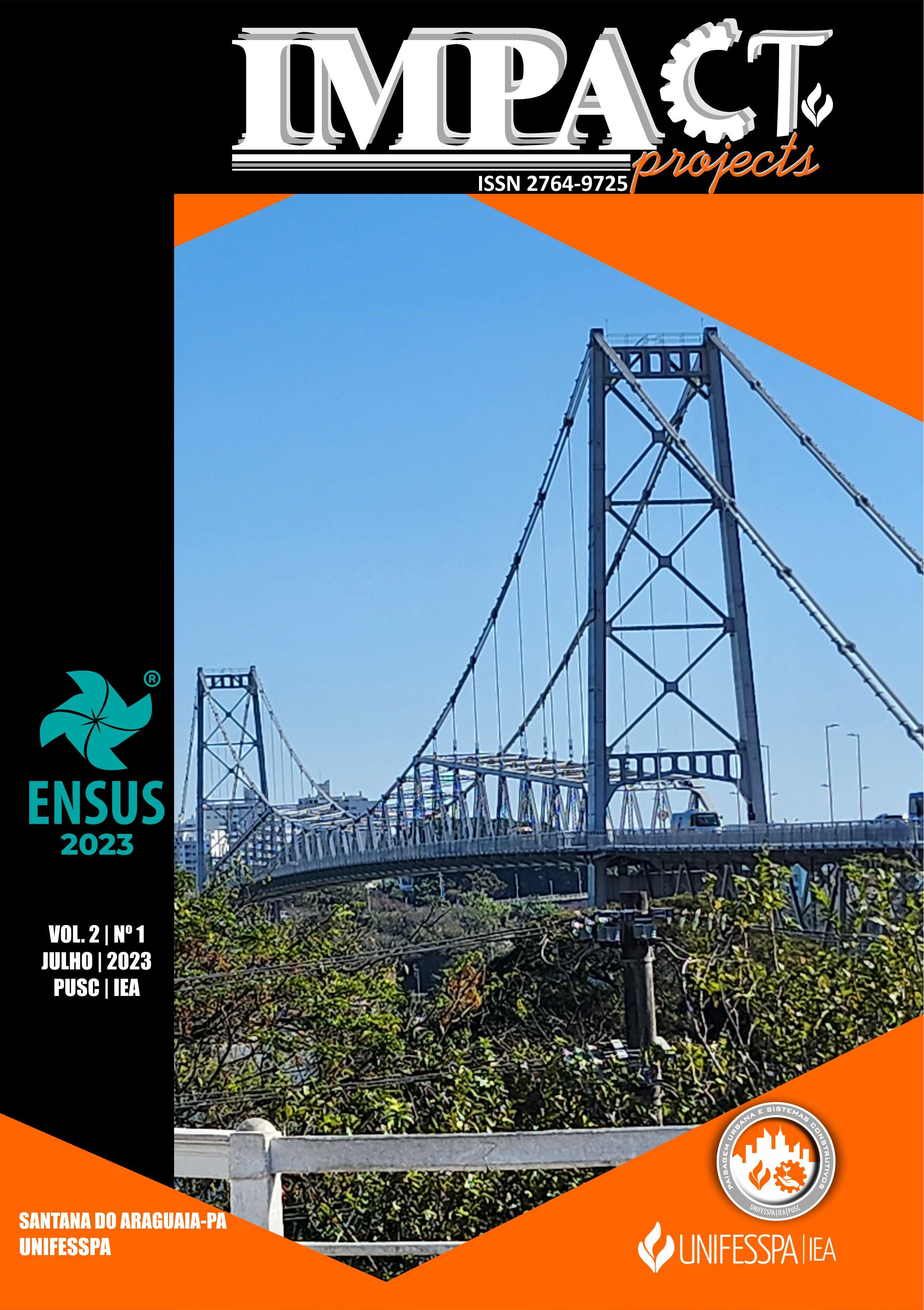A MUTAÇÃO DE UMA ARQUITETURA ANCESTRAL
DOI:
https://doi.org/10.59279/impact.v2i1.2242Keywords:
Indigenous Architecture, Guarani Mbya, Culture and Ancestry, Cultural Sustainability, Environmental Sustainability, Spatial and Constructive SolutionsAbstract
In the state of Rio Grande do Sul, indigenous communities experience adversities common to other indigenous communities in Brazil and seek to keep their spatial and constructive cultures alive. Given this context, this article aims to analyze the vernacular architecture and the Brazilian cultural roots of one of the Guarani Mbya groups in the municipality of Camaquã, to identify continuities and transformations in the architecture of this community. Based on bibliographical research and social participation methodologies, appropriate solutions were developed for the culture and territory of Aldeia Flor da Serra members. The approached aspects refer to the cultural, spatial, and constructive organization. The results demonstrate the permanence and transmutation of the architecture of this community, providing opportunities for reflections on its spatial and constructive heritage. The purpose is to give visibility to these ancestral solutions that may be opportune for sustainability, especially for communities in situations of social vulnerability.
Downloads
Published
How to Cite
Issue
Section
License
Autores que publicam nesta revista concordam com o seguinte termo:
Autores mantém os direitos autorais e concedem à revista o direito de publicação.


